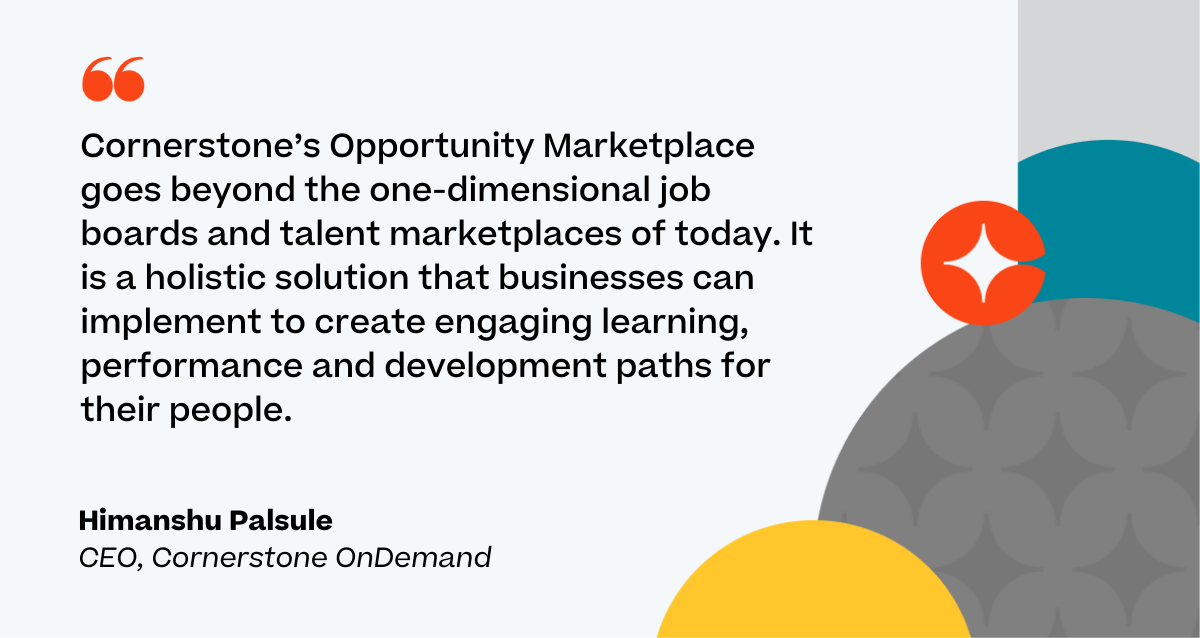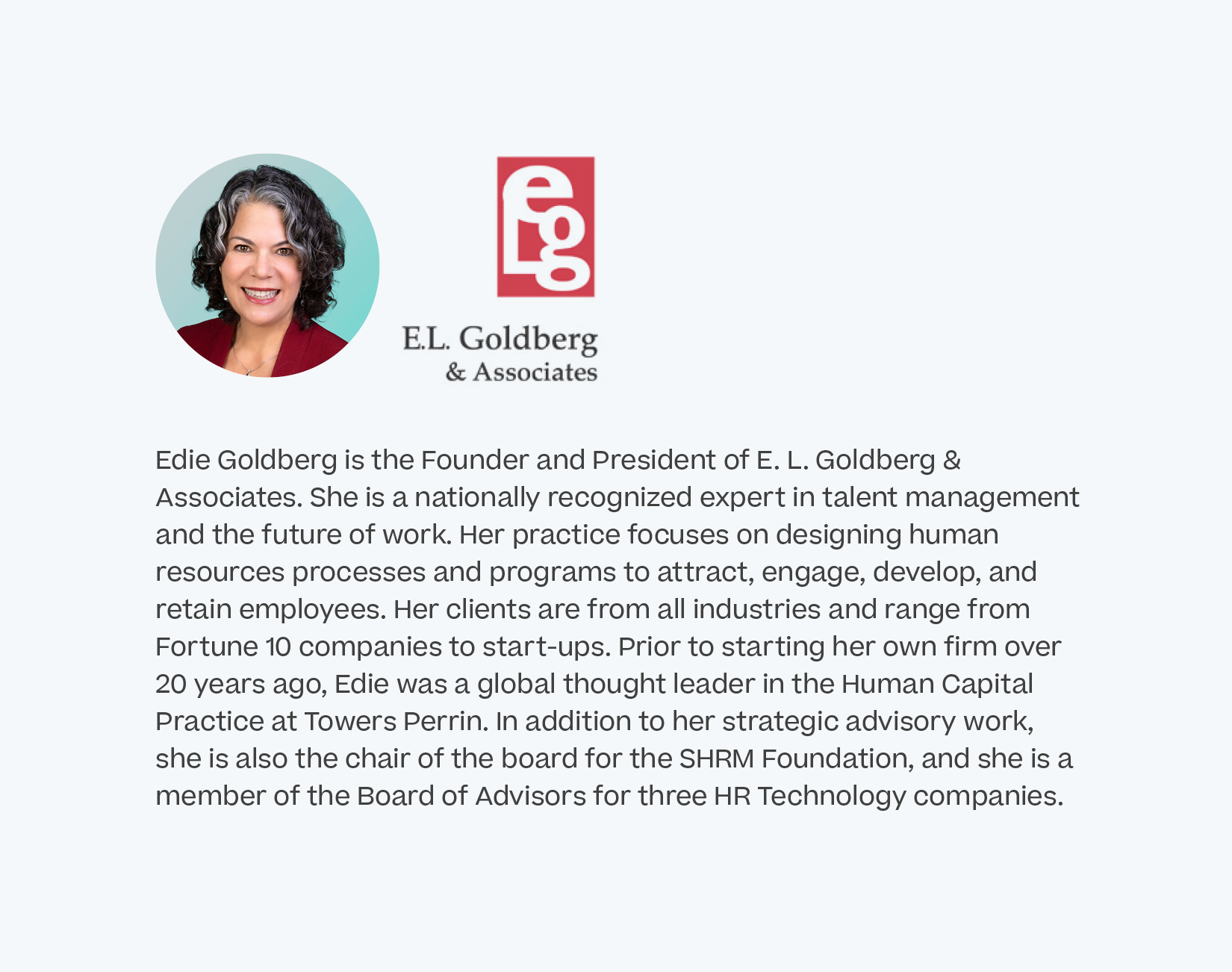Human capital management is often used for functions or departments that manage a company’s people and processes. One thing I like about this term is that it equalizes how a company thinks about its capital assets (buildings and equipment) and people assets (skills and experiences of employees). Most business leaders understand supply chain management, which manages and monitors the flow of goods and services through a company. In this discipline, it is imperative to have an accurate inventory of all of your physical assets. But here is where it gets interesting. Rarely does the human capital management function (aka HR) think about talent supply chain management, and they definitely do not have an accurate count of skills within the company!

To optimize the use of a company’s human resources, HR must have an accurate inventory of all their employees’ skills and experiences. Not just what they do in their day job, but what they could do if you needed them to perform another set of tasks to support the company’s most pressing business priorities.
Most employees only bring a portion of themselves to work. Many have skills they use outside of work or in previous jobs they’ve held that could be vital to the future of the business. Companies need to create a skills inventory that lets them tap into the hidden talent they already have within the company.
Your talent is like a portfolio of investments your company possesses. Like a financial portfolio, it needs to be balanced and oriented toward producing value in the future. When we have an accurate skills inventory, we can see what skills we have and determine if they are of growing or shrinking importance to the business. We can also ascertain if there are skills that are becoming increasingly important to the business. If we lack a supply of these skills in the quantity we need them, HR needs to develop strategies to close those gaps.
The benefits of a skills inventory
Utilizing a skills inventory facilitates dynamic talent reallocation within your company in order to align employees with strategic objectives. Recognizing employees’ existing skills allows for swifter and more effective talent allocation to address immediate and emerging needs. Today’s technologies allow companies to create skills ontologies and talent marketplaces that will enable them to visualize the skills within the company and match employees to the work that needs to get done.
Moreover, understanding the present skills permits efficient and rapid skills enhancement. Through the skills inventory, you can identify individuals with aptitudes closely related to those you wish to cultivate. A majority of businesses need to be made aware of the readily available resources that could expedite employee training and skill development.

For example, let’s say your company wants to implement Kanban, a workflow management methodology, but it cannot find anyone with this skill set. Most companies would hire a contractor to help with this task. But the company should be building this capability internally, and there is another way. Suppose your company is focused on agile software development methodologies, and you have an employee who is a Scrum expert. In that case, it turns out that employees can easily be upskilled to learn Kanban because those skill sets are similar. This is commonly referred to as an adjacent skill set.
Additionally, today's workforce appreciates having options in their professional endeavors. Looking at the growing gig economy, we can see that people enjoy having diversity and choice in their work lives. A skills inventory can foster more adaptable talent deployment, enabling employees to voluntarily undertake project work in tandem with their existing duties. This flexibility and freedom boost employee engagement, which is directly linked to significantly improved business outcomes.
Know what you have with a talent marketplace platform
Historically, HR professionals held a negative view of skills databases due to their snapshot nature of the company’s existing talent. With infrequent updates, these databases rapidly became stagnant and obsolete.
Today’s innovations for skills inventories are agile and evolving. They don't just remain idle, waiting for use, but actively engage the user. Modern tools, such as talent marketplaces, nudge users to add to their skills inventory as employees perform new tasks, engage in new learning modules, and develop their broader expertise.

Why managing your talent supply chain is so important
Picture a scenario where a company's supply chain managers lack an accurate inventory of their raw materials. They'd likely find themselves quickly unemployed! Yet, HR often functions without a skills inventory or a precise awareness of the talents and abilities present within their organizations. It's akin to flying a plane without an instrument panel.
The advanced tools available today are far too sophisticated and beneficial to be overlooked. Firms eager to address talent scarcity and adapt swiftly and effectively to change must understand the talents they possess. This understanding allows them to optimize the return on their human capital investments.
Identify and record your skill set using dynamic, adaptable and intelligent technologies. It improves business operations, enhances the employee experience and presents a competitive edge.
Maximize the potential of your talent and drive agility with Cornerstone Opportunity Marketplace. Learn how you can transform your talent management strategy now.
To learn how to creatively conquer the business challenges of tomorrow and ensure your people feel passionate about work, download this eBook co-authored by Dr. Edie Goldberg, an expert in the future of work and talent management.



